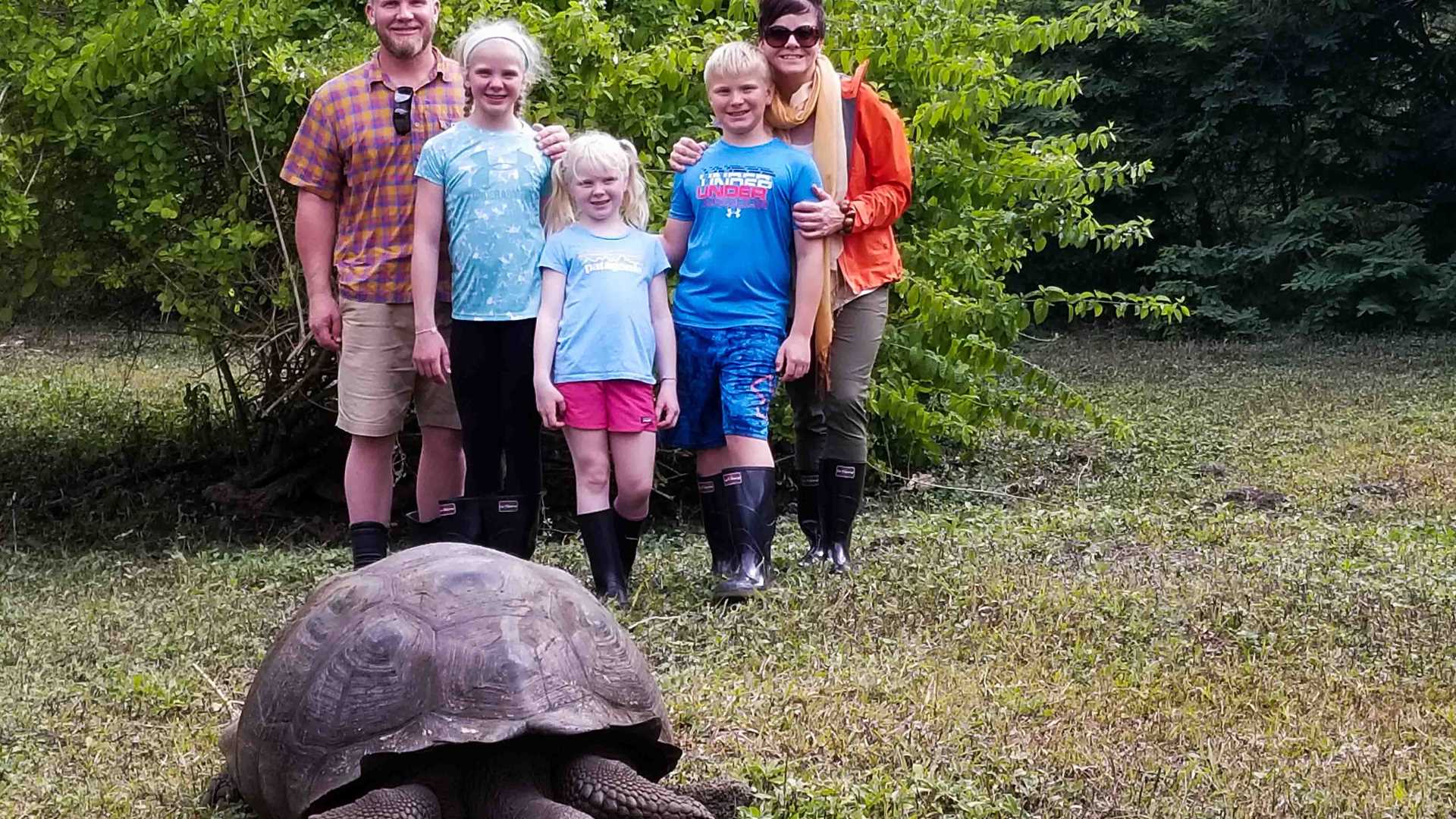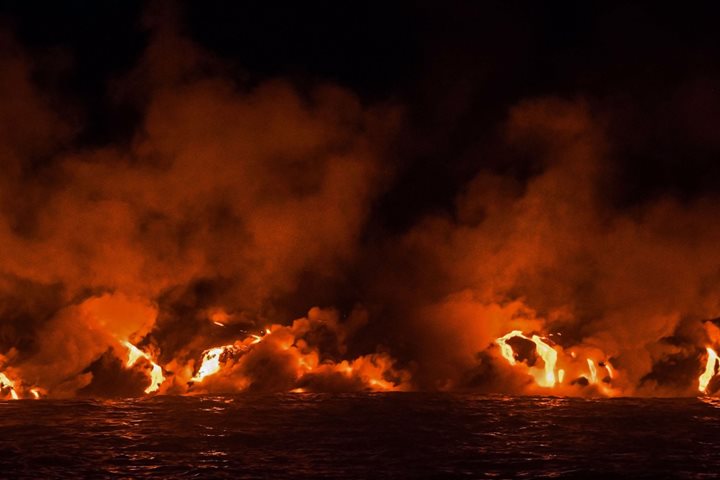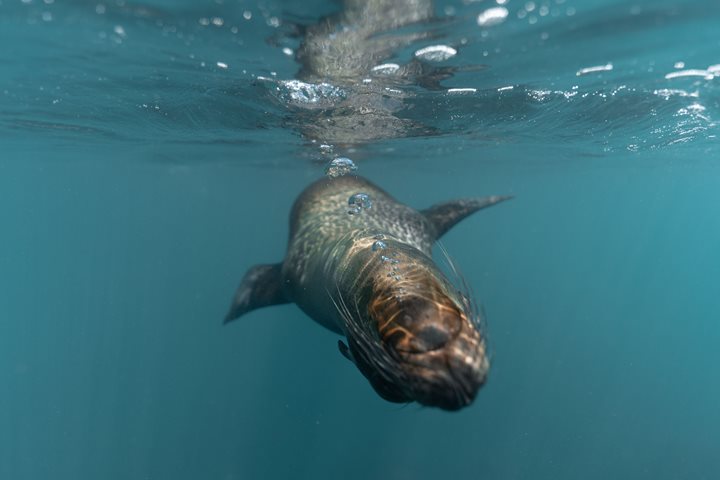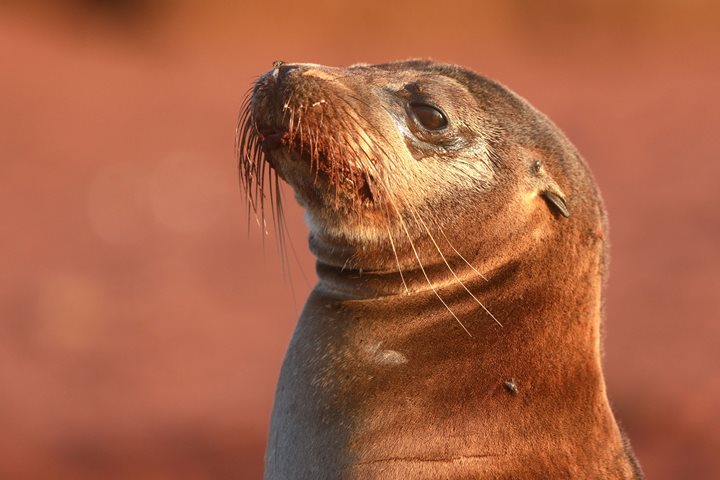Santa Cruz is the second largest island in the Galapagos Archipelago. Considered a geologically middle-aged island, its coastline has given way to wide harbors and long sandy beaches. Its southern shore is home to Puerto Ayora, the largest human settlement on the islands and where Galapagos National Park and Charles Darwin Station Headquarters are located. We visited the town and the Giant Tortoise Rearing Center during the morning, and a small family run farm on our way to lunch in the highlands. During the afternoon we visited a giant tortoise reserve before heading back to shore.
- Daily Expedition Reports
- 03 Jul 2019
Santa Cruz “Indefatigable Island”, 7/3/2019, National Geographic Islander
- Aboard the National Geographic Islander
- Galápagos
Benjamin Ayala, Naturalist
Ben is a German-Ecuadorian naturalist guide who grew up on San Cristobal, the eastern-most island of the Galápagos Archipelago, home to the political capital of the province.
Read MoreAndrick Deppmeyer, Videographer
Video chronicler Andrick was born in New Hampshire. Raised just a few hundred yards from the local ski hill, he was exposed to nature and wildlife from a very young age.
Read MoreShare Report
Related Reports
11/23/2022
Read
National Geographic Islander II
Isabela and Fernandina
Our day began with the chance to point out a lot of interesting geological features as we enjoyed Zodiac tours along a massive flank of Ecuador Volcano on Punta Vicente Roca. In the afternoon, we took a sunny walk on Punta Espinoza on Fernandina Island. We spotted many iguanas, and a bunch of sea lions hanging around, too.
11/22/2022
Read
National Geographic Islander II
North Seymour & Rabida Islands
Relatively small and low compared to neighboring Santa Cruz, North Seymour is located to the north of Baltra. The island is dry with predominantly low shrubs, like prickly pear cacti. The incense trees are bare during the dry season. Seabirds like frigatebirds and blue-footed boobies nest on the island, and sea lions rest on the sand when they are not fishing. Land and marine iguanas also live here. Rabida is in the middle of the archipelago and has a striking red sand beach. We observed a small colony of sea lions of all ages resting or nursing. Behind the beach, American flamingos nest in a brackish lagoon. This island is full of contrasts and wildlife that we enjoyed observing during this day of expedition.









